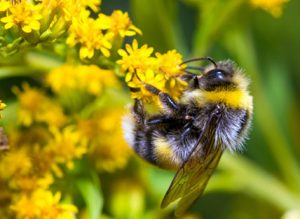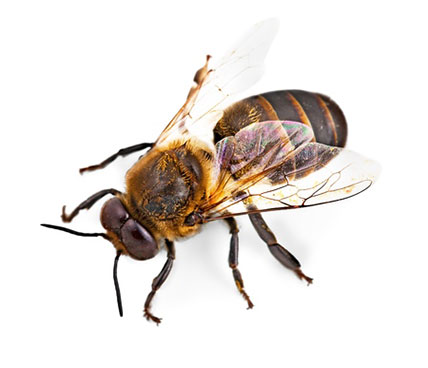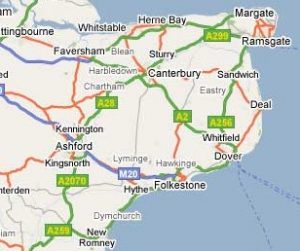Bees
Need help with a Bees or Wasps nest? Contact us now: 07715 211899
Despite the fact that bees are not protected they are an endangered species and play a vital economic role.
COVERING: HYTHE.ROMNEY MARSH.FOLKESTONE.DOVER.DEAL.CANTERBURY.ASHFORD AND SURROUNDING AREAS IN KENT.

Bees
are insects within the order Hymenoptera, meaning ‘membrane wing’. There are over 250 species in the British Isles ranging from as small as 4mm to 25mm. Most British Bee species are solitary, only bumble bees and honey bees are truly social.
Unlike wasps which feed their larvae on a diet of insects and spiders, bees feed their larvae on a diet of pollen and nectar.
Contrary to belief, they are not protected but they are the principal pollinators of flowering plants and play a vital economic role in food production. Without them much of the food we eat i.e apples, raspberries and other pollinated foods would disappear and wild flowers from our countryside would vanish.
Common Species:
- Bumble Bees (Bombus spp.) These are larger, rounder and furrier with a variety of coloured stripes across the end of their tails. These are social insects but not as well organised as honey Bees. They usually nest in holes in trees, or by excavating in soft or sandy earth. They produce no significant store of honey during the season. Only the mated females survive the winter by hibernation.

- Honey Bees (Apis mellifera) Providers of honey and bees wax and important in pollinating. They range from golden to brown to almost black in colour. They are small bees that rarely cause problems, although feral swarms can set up home in places such as wall cavities and chimneys. Any action taken would only be if the they posed a serious risk to health and safety.
- Solitary Bees (Andrena spp.) There are several families of these bees that are solitary by nature. One of the best known species is the Tawny mining Bee (Andrena fulva). Like to nest in sandy lawns. Many individual nests possibly grouped closely together. They disappear in mid-summer.
- Mason Bees (Osmia spp.)They have a black body with a reddish brown bottom. You will find them popping in and out of the wall or very small holes in the ground.
- Tree Bee (Bombus hypnorum)The thorax is a tawny reddish brown colour with a black abdomen and a white tail. They like to nest in bird boxes or parts of buildings. The queens vary in size and the workers are quite small.

